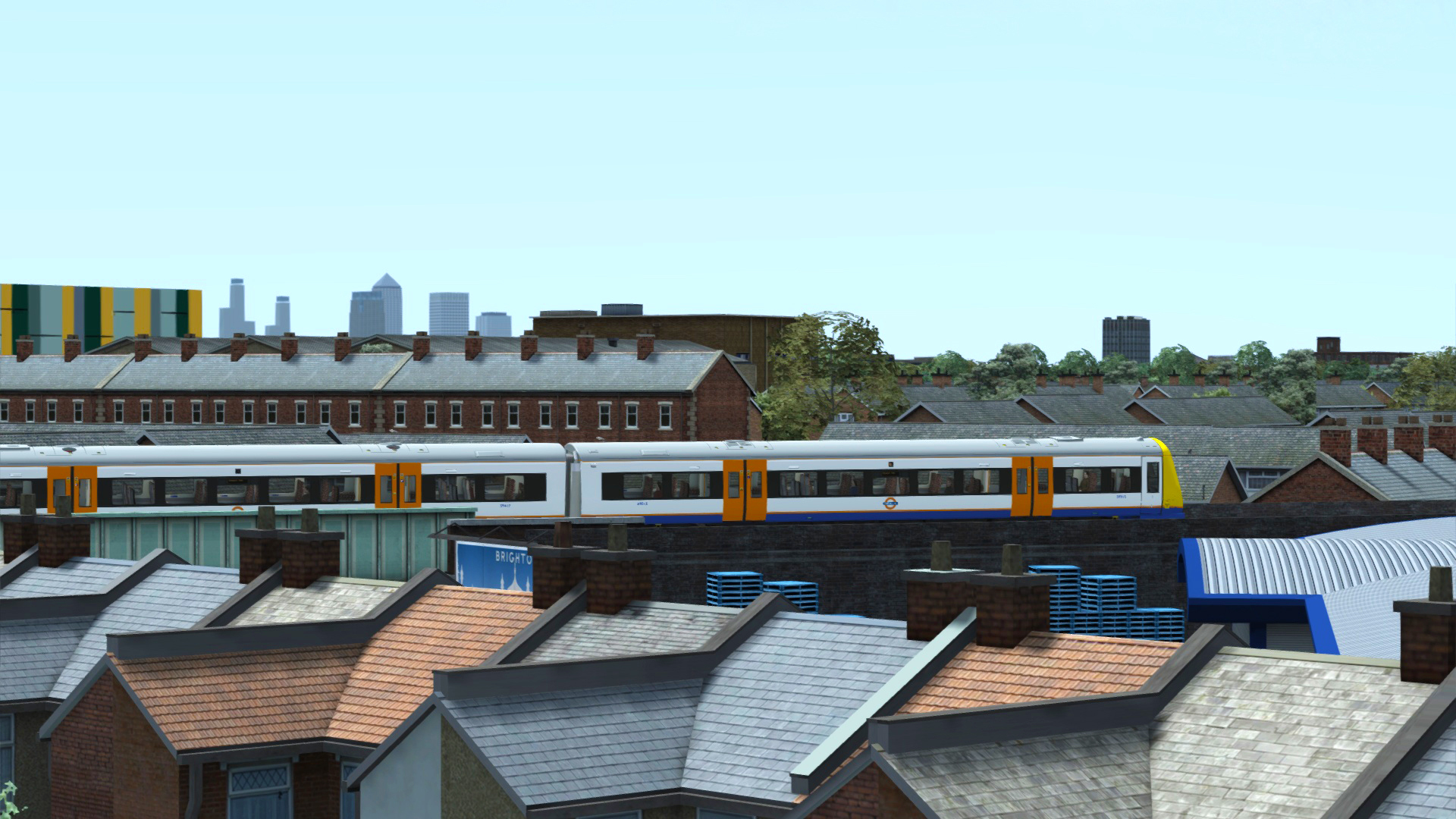
Mar 9, 2017
Train Simulator Classic - JayTwoPointOh
09/03/2017
http://store.steampowered.com/app/513110
One of the most well-liked and successful locomotives of the Great Western Railway, 5029 Nunney Castle depicted in preservation form, steams into Train Simulator courtesy of Partner Programme Developer Bossman Games.

5029 Nunney Castle was built in 1934 as one of 171 'Castle' Class locomotives built by the GWR and spent much of her working life based at Old Oak Common in London but also had spells at Worcester and further west into Devon. Toward the end of her life she operated out of Cardiff, from where she travelled to London, into Wales and north to Shrewsbury and Birmingham.

In 1964 she was retired by British Railways and sent to Barry Scrap yard in Wales. She remained there for a full 12 years before being rescued and was first returned to steam at Didcot Railway Centre in 1990 with main line certification follow soon thereafter. In the late 1990s Nunney Castle underwent another overhaul that saw the fitting of air brake equipment and changes to her tender to increase water capacity.

2012 saw Nunney Castle back in the engine shed for an intermediate overhaul to her 'bottom end' - the wheels, frames and motion - before enjoying a two-year stint back on the main line. She is currently withdrawn from service and undergoing an overhaul that will see her return to the main line soon.

The locomotive is Quick Drive compatible, giving you the freedom to drive Nunney Castle on any Quick Drive enabled route for Train Simulator, such as those available through Steam.

Scenarios may be available on Steam Workshop online and in-game. Train Simulator’s Steam Workshop scenarios are free and easy to download, adding many more hours of gameplay. With scenarios being added daily, why don’t you check it out now!
http://store.steampowered.com/app/513110
One of the most well-liked and successful locomotives of the Great Western Railway, 5029 Nunney Castle depicted in preservation form, steams into Train Simulator courtesy of Partner Programme Developer Bossman Games.

5029 Nunney Castle was built in 1934 as one of 171 'Castle' Class locomotives built by the GWR and spent much of her working life based at Old Oak Common in London but also had spells at Worcester and further west into Devon. Toward the end of her life she operated out of Cardiff, from where she travelled to London, into Wales and north to Shrewsbury and Birmingham.

In 1964 she was retired by British Railways and sent to Barry Scrap yard in Wales. She remained there for a full 12 years before being rescued and was first returned to steam at Didcot Railway Centre in 1990 with main line certification follow soon thereafter. In the late 1990s Nunney Castle underwent another overhaul that saw the fitting of air brake equipment and changes to her tender to increase water capacity.

2012 saw Nunney Castle back in the engine shed for an intermediate overhaul to her 'bottom end' - the wheels, frames and motion - before enjoying a two-year stint back on the main line. She is currently withdrawn from service and undergoing an overhaul that will see her return to the main line soon.

The locomotive is Quick Drive compatible, giving you the freedom to drive Nunney Castle on any Quick Drive enabled route for Train Simulator, such as those available through Steam.

Scenarios may be available on Steam Workshop online and in-game. Train Simulator’s Steam Workshop scenarios are free and easy to download, adding many more hours of gameplay. With scenarios being added daily, why don’t you check it out now!

















